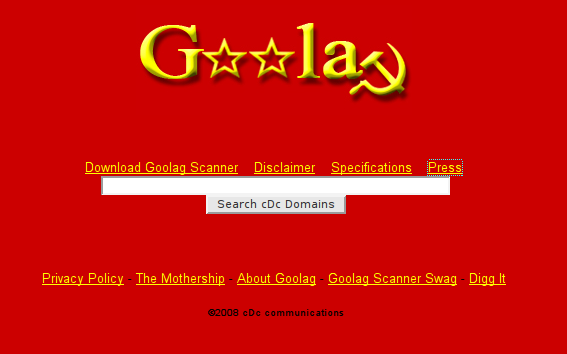Slashdot recently reported the release of document analysing privacy issues in a number of major browsers. One of the findings was that the Flash plugin on all platforms and browsers was terribly insecure. One of the commenters had this to say:
“Privacy issues aside, I’ve never had any trouble with Flash.”
To which I replied:
I like your logic: Aside from a single tile, the space shuttle Columbia’s last mission went flawlessly.
Seriously, though: you’ve underlined the single greatest problem in computer security today – what we don’t see can hurt us. I’ve written about this at greater length elsewhere, but to put it simply, privacy is the battleground of our decade.
The struggle to come to terms with privacy will manifest itself in the legal, moral and ethical arenas, but it arises now because of technology and the cavalier approach that the vast majority of people take to it.
The ramifications of our ability to transmit, access and synthesise vast amounts of data using technology are consistently underestimated by people because of the simple fact that, as far as they’re concerned, they are sitting in the relative privacy of their own room with nothing but the computer screen as an intermediary.
On the consumer side of things, this creates what Schneier calls a Market for Lemons in which the substance of the product becomes less valuable than its appearance. As long as we have the illusion of security, we don’t worry about the lack of real protection.
On the institutional side, we see countless petty abuses of people’s privacy. There is nothing stopping a low-level employee from watching this data simply out of prurient interest. In fact, this kind of abuse happens almost every time comprehensive surveillance is conducted. In a famous example, low-level staffers in the US National Security Agency would regularly listen in on romantic conversations between soldiers serving in Iraq and their wives at home. The practice became so common that some even created ‘Greatest Hits’ compilations of their favourites and shared them with other staffers.
They would never have done so[*] had the people in question been in the room, but because the experience is intermediated by an impersonal computer screen, which can inflict no retribution on them, their worst instincts get the better of them.
When discussing software in the 21st Century, we cannot ever treat privacy as just one incidental aspect of a greater system. Privacy defines the system. Starting an argument by throwing it aside in the first subordinate clause gives little weight to any argument that follows.
[*] On consideration, that’s not strictly true. History shows that surveillance societies are perfectly practicable even without significant automation. The East German Stasi are but one example. The critical factor in such cases is of course that the state sanctioned, encouraged, even required this behaviour of its citizens. So let me modulate my statement to say:
They would never have taken this unsanctioned action had they had any sense that they were being subjected to similar – or any – scrutiny.



 Once you get past the Chinese porn silliness, there’s a real story here:
Once you get past the Chinese porn silliness, there’s a real story here: